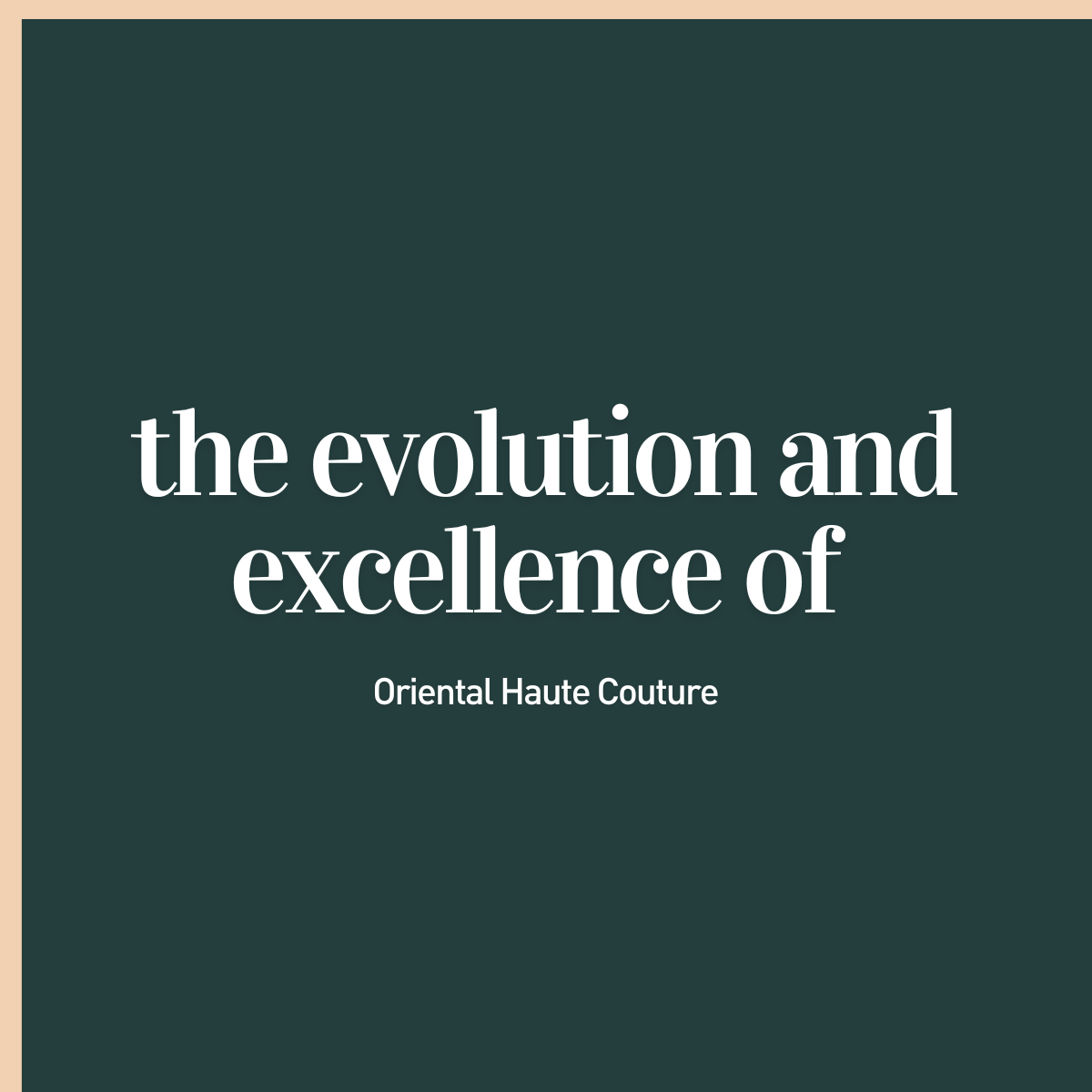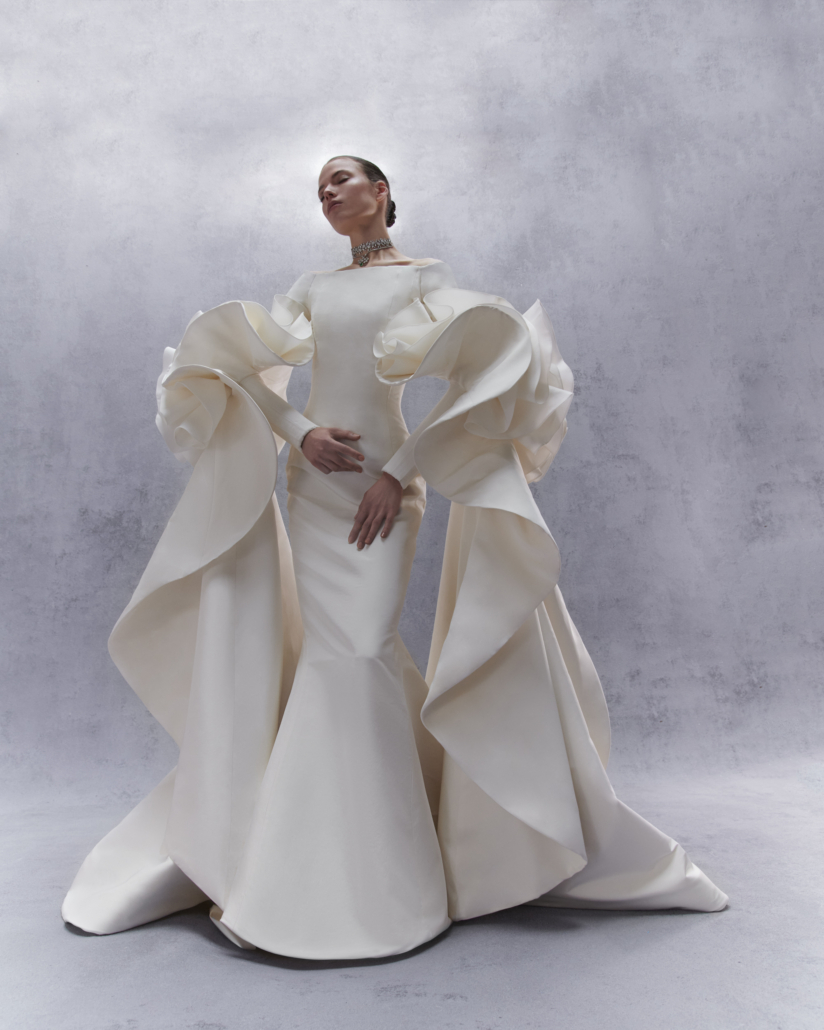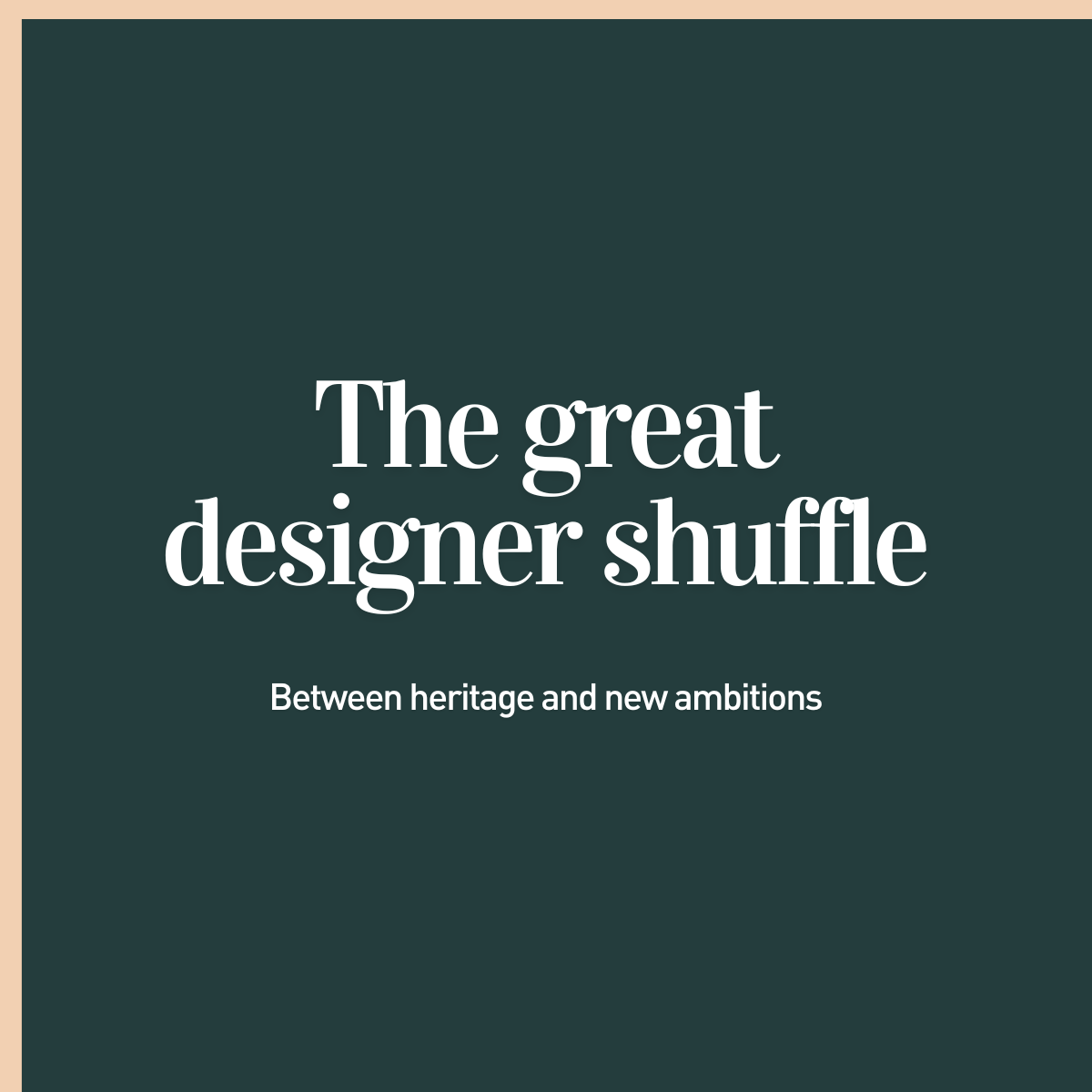
The evolution and excellence of Oriental Haute Couture
Haute couture represents the apex of fashion artistry, where masterful craftsmanship intersects with profound artistic vision. While Paris has historically served as the epicenter of haute couture, a transformative movement led by Oriental designers has fundamentally redefined this rarefied domain. This evolution reflects not merely a geographical expansion but a philosophical reimagining of what haute couture can embody in the contemporary fashion landscape. The emergence of luminaries such as Elie Saab, Georges Hobeika, Zuhair Murad, and Ashi Studio, alongside visionaries like Gaurav Gupta, Rahul Mishra, and Rami Al Ali, represents a paradigm shift in haute couture, each bringing distinct cultural perspectives and technical innovations to their work.
Masters of oriental Haute Couture
Elie Saab’s mastery lies in his ability to create ethereal garments that combine Lebanese craftsmanship with French haute couture techniques. His signature style incorporates intricate beadwork executed with unprecedented precision, while his innovative use of transparent layering techniques creates optical illusions that enhance the female form. Through strategic placement of embellishments and the integration of traditional Middle Eastern motifs with contemporary silhouettes, Saab has created a distinctive aesthetic that resonates globally.
Zuhair Murad’s work exemplifies the marriage of architectural precision with ornate decoration. His designs feature complex geometric patterns inspired by architecture but also artistic movments, executed through revolutionary approaches to beading that create three-dimensional effects. Murad’s advanced draping techniques enhance movement while maintaining structural integrity, demonstrating the possibility of combining traditional embroidery with modern textile technologies in ways that push the boundaries of conventional couture.
Mohammed Ashi of Ashi Studio has redefined contemporary couture through his avant-garde approach. His sculptural silhouettes challenge conventional form, while his innovative fabric manipulation techniques create unprecedented textures and volumes. Ashi’s experimental approach to proportion, combined with his integration of traditional craftsmanship with modernist design principles, has established him as a pivotal figure in the evolution of haute couture.
Technical innovation and cultural integration
The technical innovations in Oriental haute couture extend far beyond surface embellishment. These houses have developed sophisticated embroidery methods that surpass traditional approaches, creating new dimensional techniques that combine micro-beading with traditional zardozi work. The development of complex pattern mapping systems has enabled the creation of increasingly intricate designs, while advances in fabric fusion techniques have led to the creation of entirely new textile possibilities.
The contribution to textile development has been equally significant. Oriental couturiers have pioneered new methods for creating lightweight, embellished materials that maintain the grandeur of traditional couture while offering improved wearability. Their work in sustainable luxury textiles has opened new possibilities for ethical fashion at the highest level, while their methods for incorporating traditional weaving techniques with modern materials have created new standards for textile innovation.
Oriental haute couture draws significant inspiration from regional architecture, translating geometric patterns into garment construction and integrating architectural principles in pattern cutting. The use of traditional architectural motifs in embellishment design goes beyond mere decoration, incorporating structural engineering concepts that enhance garment support systems while maintaining aesthetic excellence.
Market dynamics and production infrastructure
The Oriental haute couture market demonstrates unique characteristics that set it apart from its Western counterparts. The higher percentage of bespoke commission work reflects a deep cultural appreciation for personalized luxury, while the strong connection between couture and bridal wear has created a sustainable market for the highest levels of craftsmanship. The significant investment in formal occasion wear has enabled houses to maintain large ateliers, supporting the preservation of traditional skills while fostering innovation.
The development of sophisticated production systems has been crucial to the sector’s success. Modern Oriental couture houses have established training academies for traditional crafts while integrating digital technology in their ateliers. The creation of specialized departments for research and development has enabled continuous innovation, while maintaining the highest standards of traditional craftsmanship.
The New Generation: digital influence and cultural Renaissance
A notable shift in the visibility and accessibility of Oriental haute couture has emerged through the rising influence of young Middle Eastern and North African entertainers who bridge traditional craftsmanship with contemporary culture.
Artists like Elissa and Nancy Ajram have long been ambassadors for Lebanese designers, but a new generation of influential voices has emerged. Palestinian-French-Serbian artist Saint Levant, whose fusion of cultural identities mirrors the cross-cultural appeal of Oriental couture, has brought unprecedented attention to regional designers through his distinctive style and global reach. 
Future trajectories and sustainability
Oriental haute couture stands at the forefront of incorporating new technologies into traditional practices. The implementation of 3D printing in embellishment creation and the development of smart textiles for couture applications demonstrate the sector’s commitment to innovation. Advanced digital fitting and visualization techniques have revolutionized the client experience, while artificial intelligence is beginning to play a role in pattern development.
Sustainability has become a central concern for leading houses, which are pioneering new approaches to eco-friendly luxury. Traditional zero-waste cutting methods are being revived and adapted for contemporary production, while new approaches to water conservation and biodegradable materials are being developed. These initiatives demonstrate the sector’s commitment to maintaining its position at the forefront of responsible luxury.
Oriental haute couture has established itself as a pivotal force in contemporary fashion through its unique synthesis of traditional craftsmanship, technological innovation, and cultural expression. The sector continues to evolve, pushing boundaries while maintaining the highest standards of artisanal excellence. Through comprehensive educational programs, sophisticated supply chains, and robust quality control systems, Oriental haute couture ensures its position as a leading force in global luxury fashion, contributing significantly to the future direction of the industry.







Leave a comment: